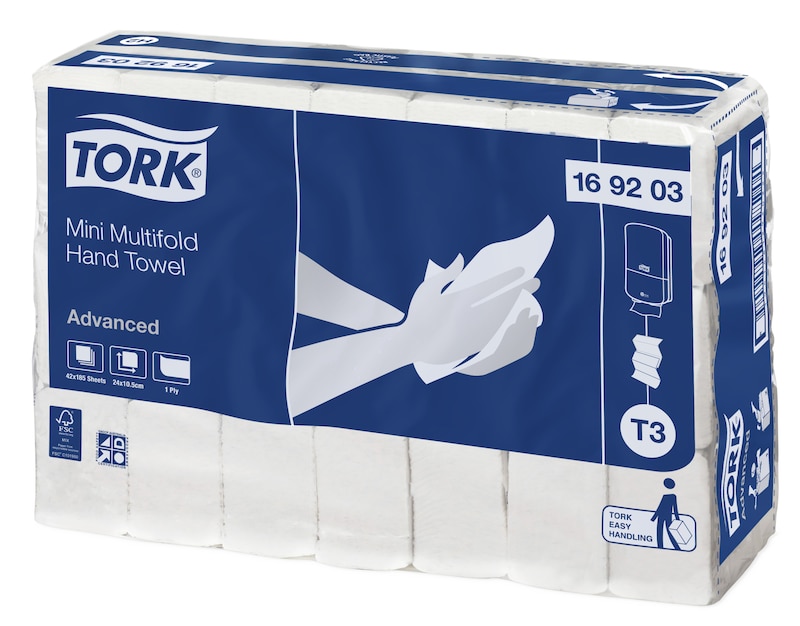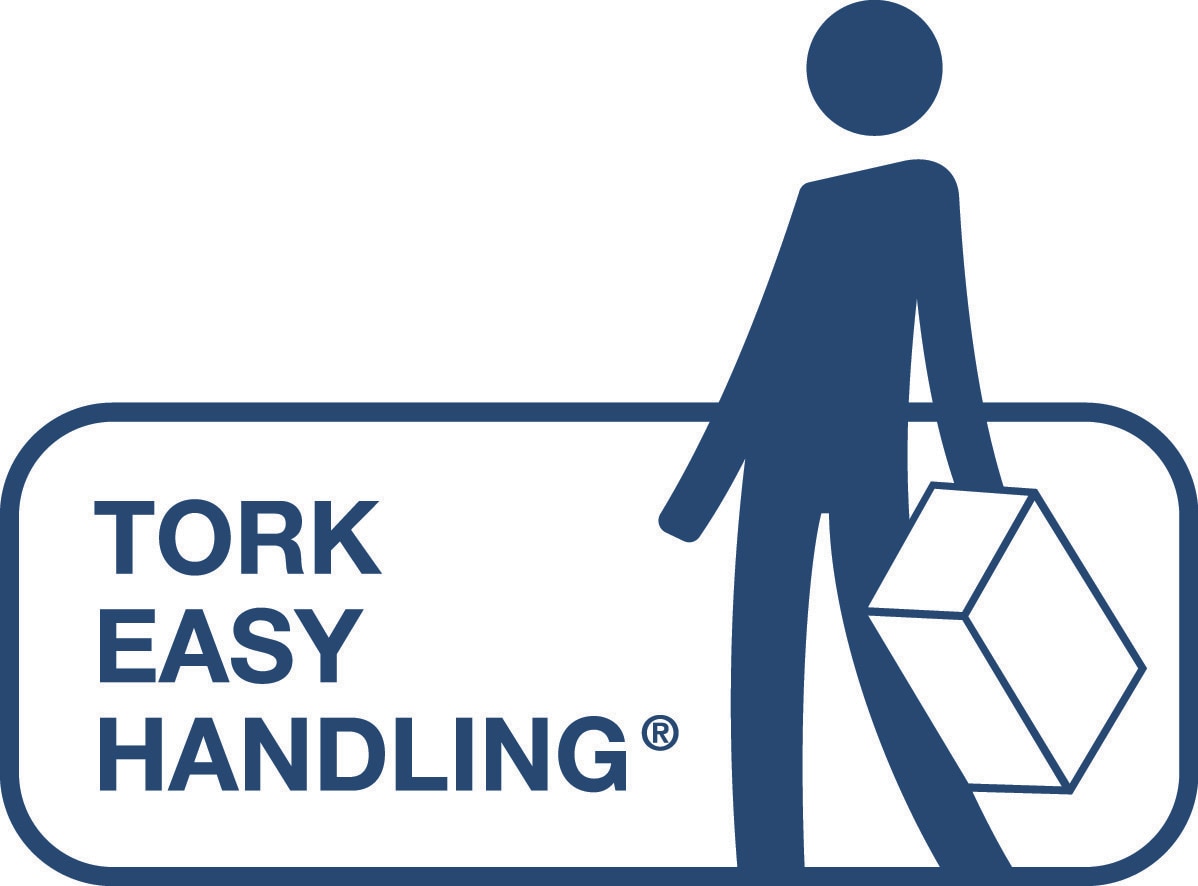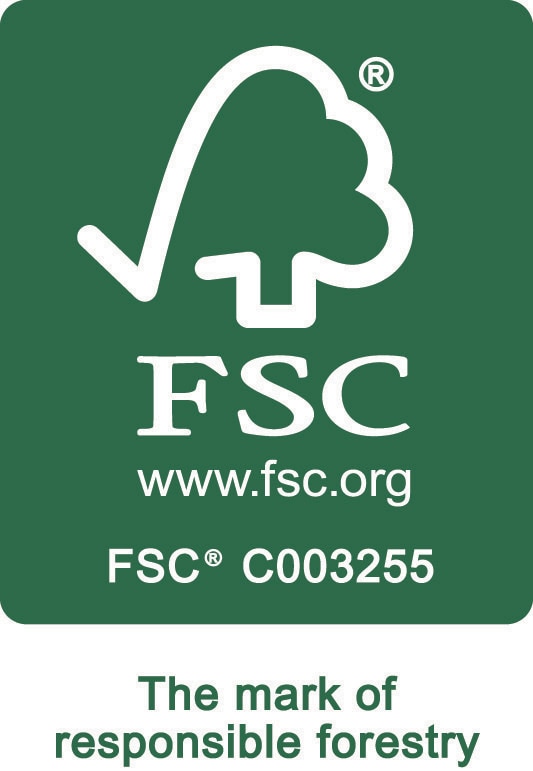

Description


Product and delivery data
Delivery data
Content
The product is made from
Virgin pulp
The packaging material is made from paper or plastic.
Material
Virgin fibres
There are different methods used today for bleaching: ECF (elementary chlorine free, where chlorine dioxide is used, and TCF (totally chlorine free) where ozone, oxygen and hydrogen peroxide is used.
Virgin pulp fibres are produced out of softwood or hardwood. The wood is subject to chemical and/or mechanical processes where the cellulose fibres are separated out and lignin and other residuals are removed.
Bleaching is a cleaning process of the fibres and the aim is to achieve a bright pulp, but also to get a certain purity of the fibre in order to achieve the demands for hygiene products and in some cases to meet the requirements for food safety.
Chemicals
All chemicals (process aids as well as additives) are assessed from an environmental, occupational health and safety and product safety point of view.
To control product performance we use additives:
- Wet strength agents (for Wipers and Hand Towels)
- Dry strength agents (is used together with mechanical treatment of the pulp to make strong products like wipers)
- For coloured papers dyes and fixatives (to secure perfect fastness of the colour) are added
- For printing products printing inks (pigments with carriers and fixatives) are applied
- For multi ply products we often use water soluble glue to secure the integrity of the product
In most of our mills we do not add optical brighteners.
We do not use softeners for professional hygiene products.
High product quality is secured through quality and hygiene management systems throughout production, storage and transport.
In order to maintain a stable process and product quality the paper manufacturing process is supported by the following chemicals/ process aids:
- defoamers (surfactants and dispersing agents)
- pH-control (sodium hydroxide and sulphuric acid)
- retention aids (chemicals that help to agglomerate small fibres to prevent fiber loss)
- Coating chemicals (that help to control the creping of the paper to make it soft and absorbent)
To reuse broke we use:
- Pulping aid (chemicals that help to repulp wet strong paper)
In the cleaning of our waste water we use flocculation agents and nutritients for the biological treatment to secure that no negative impact on water quality comes from our mills.
Packaging
Fulfilment of Packaging and Packaging Waste Directive (94/62/EC): Yes
Article creation date and latest article revision
Date of issue: 01-12-2020
Revision date: 29-10-2024
Production
This product is produced at mill, NZ and certified according to HACCP, ISO 9001, ISO 14001 (Environmental management systems), FSC Chain-Of-Custody company certification "Well managed forest" and AS/NZS 4801:2001.
Destruction
This product is mainly used for personal hygiene and can be collected together with household waste.

